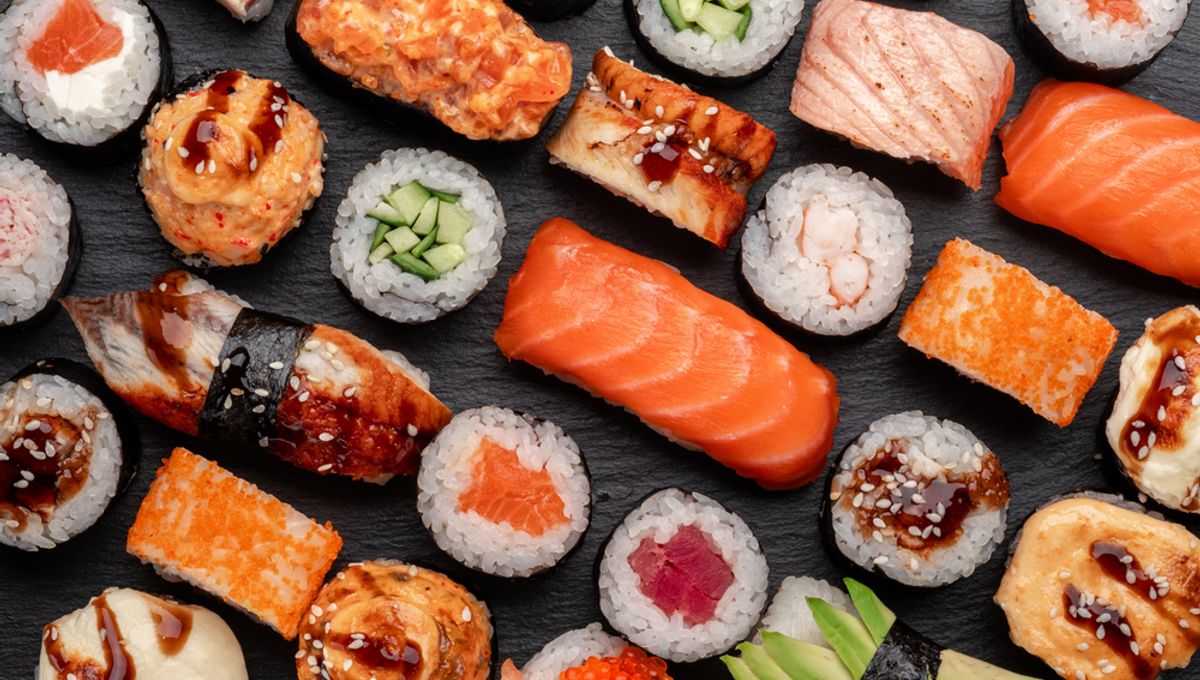
Aside from the possibility of accidentally overdosing on wasabi, eating sushi is usually a relatively safe activity. However, as with all uncooked foods, raw fish can contain bacteria and other pathogens that have the potential to cause food poisoning, and the results of a new study suggest that we should be taking these harmful microbes seriously.
In general, Listeria monocytogenes is the most feared of all the fishy foes and is probably one of the most common causes of illness caused by eating seafood. However, the lesser-known Aeromonas genus of bacteria is also widespread in aquatic environments and is currently emerging as a pathogen in humans who consume undercooked fish.
To assess the threat posed by Aeromonas, the study authors sought out the bacteria in raw fish products available for purchase in Norway. In total, they identified 22 Aeromonas strains covering eight different species.
“The results show that the mild processing these fish products receive does not guarantee that the growth of Aeromonas bacteria will be inhibited,” explained study author Hyejeong Lee in a statement. “The majority of these Aeromonas variants are possibly pathogenic and there are often several different risk factors associated with them,” she adds.
Analyzing the various bacteria strains found in the fish, the researchers noted the presence of a suite of genes that enable these pathogens to invade and destroy host cells. “Most strains contained several genes encoding major virulence factors related to adherence, motility, immune evasion, secretion systems, and toxins, and in particular, we observed the high incidence of enterotoxins,” they write.
Enterotoxins are substances that harm the digestive system, so it’s hardly a surprise that Aeromonas is associated with gastrointestinal and extraintestinal infections.
Perhaps more alarmingly, though, the researchers also uncovered evidence that Aeromonas may contribute to the escalating antibiotic resistance crisis. This is because these bacteria regularly exchange genetic material with other microbes in the sea, which means that they could pick up genes enabling them to tolerate antibiotics and pass these on to other bacteria.
“Some strains of Aeromonas can also spread antibiotic resistance from one type of bacteria to another. Eating seafood infected by resistant bacteria is a likely way these bacteria can spread from marine animals and environments to humans,” says Lee.
“Multiple AMR [antimicrobial resistance] genes […] were found in all Aeromonas strains,” reveal the researchers. Taken together, these findings indicate “that Aeromonas strains circulating in the food chain could potentially be pathogenic and act as a vector for dissemination of AMR genes to other bacteria residing in the same environments,” they say.
The study is published in the journal Frontiers in Microbiology.
Source Link: How Safe Is The Sushi You Eat Really?